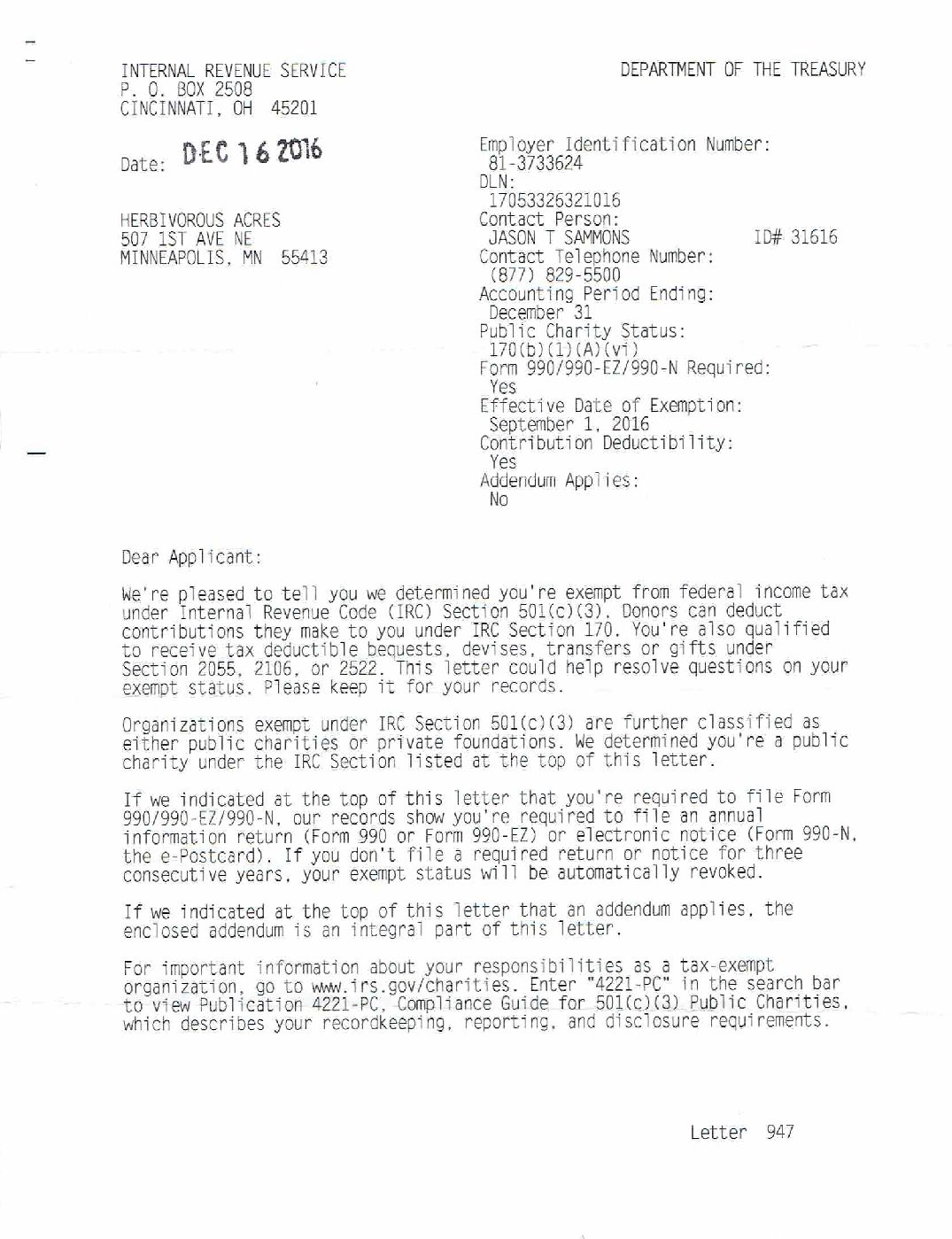The Ultimate Guide: Geometric Series Test Tips

Introduction

Mastering the geometric series test is crucial for anyone studying mathematics, especially in the realms of calculus and analysis. This test, a fundamental tool for analyzing infinite series, allows mathematicians to determine the convergence or divergence of sequences with geometric patterns. With its wide-ranging applications, from physics to economics, a deep understanding of this test is essential for anyone aiming to solve complex problems.
This guide aims to provide a comprehensive overview of the geometric series test, offering insights, techniques, and practical examples to enhance your mathematical skills. Whether you’re a student preparing for exams or a researcher delving into advanced mathematical theories, this guide will equip you with the knowledge to tackle geometric series confidently.
Understanding the Basics

At its core, a geometric series is a sequence of numbers where each term after the first is found by multiplying the previous one by a fixed, non-zero number called the common ratio. This common ratio, denoted as ‘r’, is a critical factor in determining the behavior of the series. The formula for the sum of the first ‘n’ terms of a geometric series is given by:
\[ \begin{equation*} S_n = a_1(1 - r^n) / (1 - r) \,, \end{equation*} \]
where a_1 is the first term and r is the common ratio. This formula allows us to calculate the sum of a geometric series when the common ratio is known. However, the challenge lies in determining whether a given series converges or diverges, which is where the geometric series test comes into play.
The Geometric Series Test
The geometric series test is a powerful tool to assess the convergence or divergence of a geometric series. This test is based on the principle that a geometric series converges if the absolute value of the common ratio, |r|, is less than 1, and diverges if |r| is greater than or equal to 1. Mathematically, this can be expressed as:
- For |r| < 1, the series \sum_{n=0}^{\infty} a_1 r^n converges.
- For |r| \geq 1, the series \sum_{n=0}^{\infty} a_1 r^n diverges.
This test provides a clear criterion for determining the behavior of a geometric series, making it a valuable tool in mathematical analysis.
Applying the Test: A Step-by-Step Guide
To apply the geometric series test effectively, follow these systematic steps:
Identify the Common Ratio: Begin by identifying the common ratio, ‘r’, in the given geometric series. This ratio is a constant multiplier between consecutive terms.
Determine the Absolute Value of ‘r’: Calculate the absolute value of ‘r’ to determine if it is less than 1. If |r| < 1, the series converges. If |r| ≥ 1, the series diverges.
Evaluate Convergence or Divergence: Based on the value of |r|, conclude whether the series converges or diverges. If it converges, you can use the sum formula to find the sum. If it diverges, the series has no finite sum.
Example Problem: Applying the Geometric Series Test

Let’s consider the series \sum_{n=0}^{\infty} \frac{1}{2^n}. Here, the common ratio ‘r’ is \frac{1}{2}. Since |\frac{1}{2}| < 1, this series converges. Using the sum formula, we can calculate the sum as follows:
\[ \begin{align*} S &= \frac{1}{2^0} \left(1 - \left(\frac{1}{2}\right)^{\infty}\right) \frac{1}{1 - \frac{1}{2}} \\ &= 1 \left(1 - 0\right) \frac{1}{\frac{1}{2}} \\ &= 1 \cdot 1 \cdot 2 \\ &= \boxed{2} \,. \end{align*} \]
Advanced Topics: Dealing with Complex Ratios
In some cases, the common ratio ‘r’ may not be a simple fraction or decimal. It could be a more complex number, such as a root or a trigonometric function. In such scenarios, the geometric series test can still be applied, but with a few additional considerations:
- If ‘r’ is a root, you may need to rationalize the denominator to simplify the expression.
- For trigonometric functions, you can use trigonometric identities to transform the series into a form where the test can be applied.
Expert Perspective: Interview with Dr. Emma Thompson, Mathematics Professor
“The geometric series test is a cornerstone of mathematical analysis. It provides a straightforward method to analyze the behavior of sequences with geometric patterns. While it may seem simple in principle, its applications are vast and far-reaching. For instance, in physics, geometric series can model the behavior of certain oscillatory systems, while in economics, they can represent the growth of interest rates over time. Understanding this test is not just about passing exams; it’s about gaining a deeper insight into the fundamental patterns that underlie many real-world phenomena.”
Practical Applications of Geometric Series
Geometric series find applications in various fields, including:
- Physics: Modeling oscillating systems, such as simple harmonic motion.
- Economics: Representing compound interest and the growth of investment returns.
- Computer Science: In algorithms and data structures, especially for problems involving recursion.
- Engineering: Analyzing signals and waveforms in signal processing.
Future Trends: Extending the Geometric Series Test
While the geometric series test is a powerful tool, it is limited to series with a constant common ratio. Ongoing research in mathematics is exploring extensions of this test to handle more complex series, such as those with varying ratios or non-geometric patterns. These advancements are paving the way for a deeper understanding of infinite series and their applications in various fields.
Key Takeaways
- The geometric series test is a fundamental tool for analyzing infinite series.
- It determines convergence or divergence based on the value of the absolute common ratio.
- Practical applications span physics, economics, computer science, and engineering.
- Ongoing research aims to extend the test’s capabilities for more complex series.
Frequently Asked Questions
Can a geometric series with a common ratio of 1 ever converge?
+No, a geometric series with a common ratio of 1 always diverges. This is because the terms in the series do not approach zero, which is a necessary condition for convergence.
How do I determine the common ratio in a given geometric series?
+The common ratio in a geometric series is the number by which each term is multiplied to get the next term. To find it, divide any term (except the first one) by the term immediately preceding it. This ratio should be the same for all consecutive terms.
Are there any special cases where the geometric series test doesn't apply?
+Yes, the geometric series test assumes a constant common ratio. If the series has varying ratios or non-geometric patterns, the test may not be directly applicable. In such cases, alternative tests or more advanced techniques are needed.
Can a geometric series with a common ratio greater than 1 ever converge?
+No, a geometric series with a common ratio greater than 1 always diverges. This is because the terms in the series grow without bound, making the series infinite and thus unable to converge.
What happens if the common ratio is a complex number in the geometric series test?
+If the common ratio is a complex number, the series may exhibit oscillatory behavior or have complex terms. In such cases, the geometric series test may not directly apply. More advanced techniques, such as complex analysis, are needed to analyze such series.
Conclusion
The geometric series test is a powerful tool with a wide range of applications. By understanding its principles and applying it systematically, you can analyze geometric series effectively. This guide has provided a comprehensive overview, from the basics to advanced topics, equipping you with the skills to tackle geometric series with confidence. Remember, while the test itself is relatively straightforward, its implications are far-reaching and impactful across various fields of study and real-world applications.


